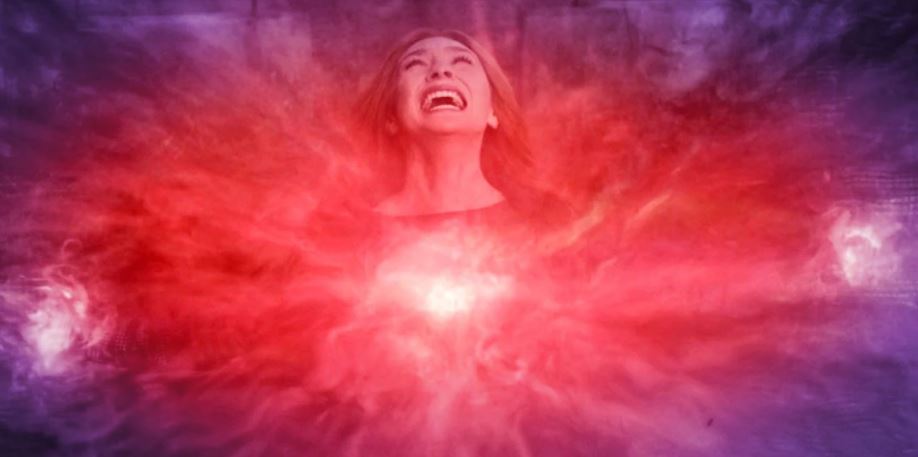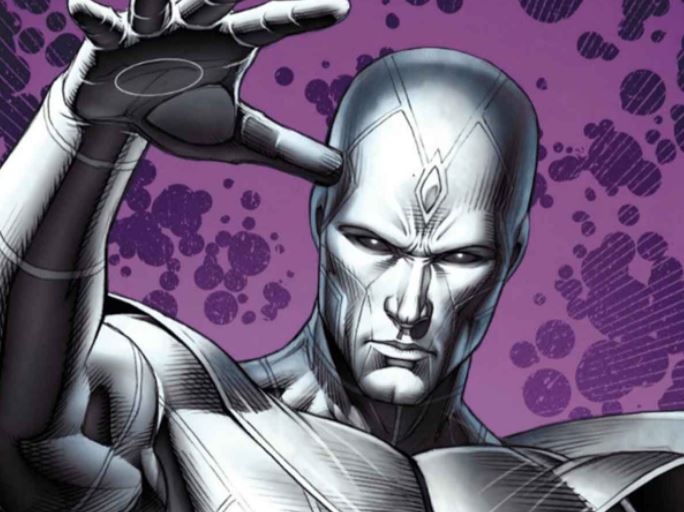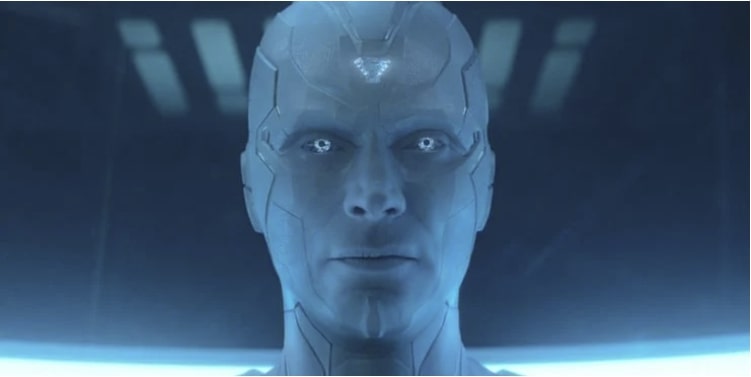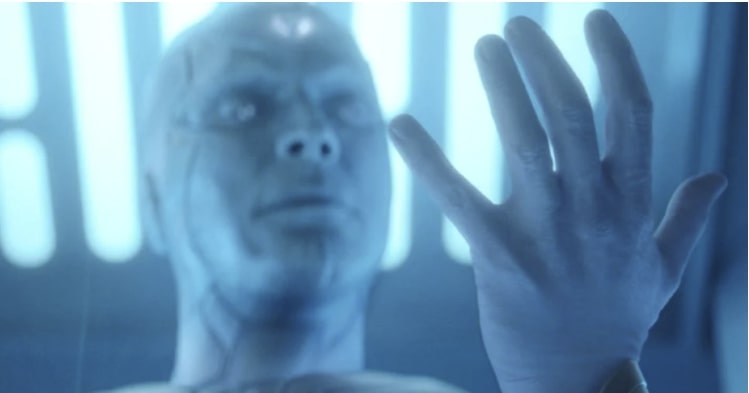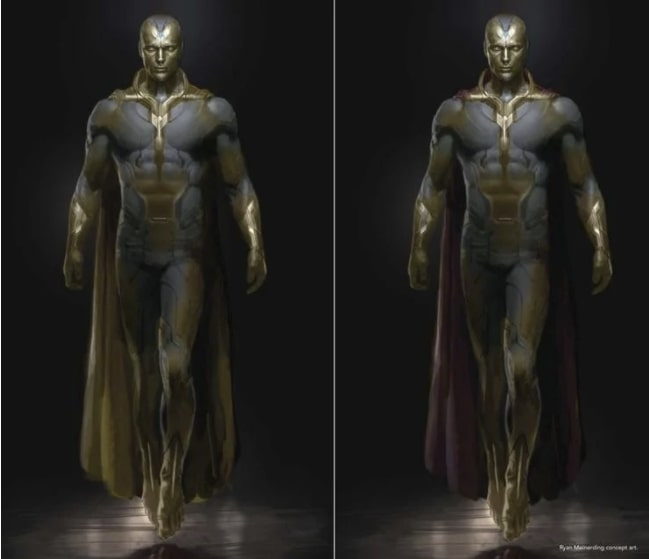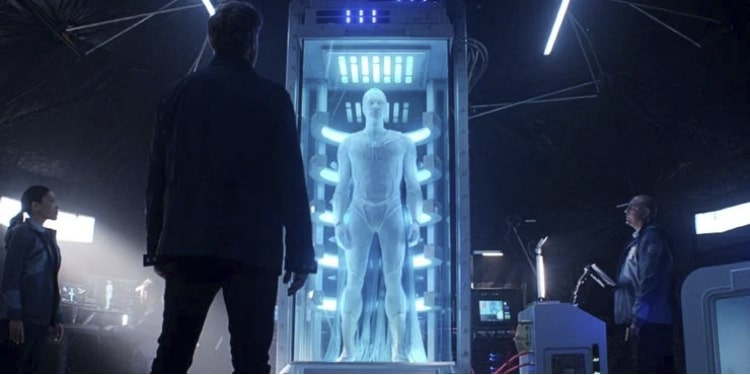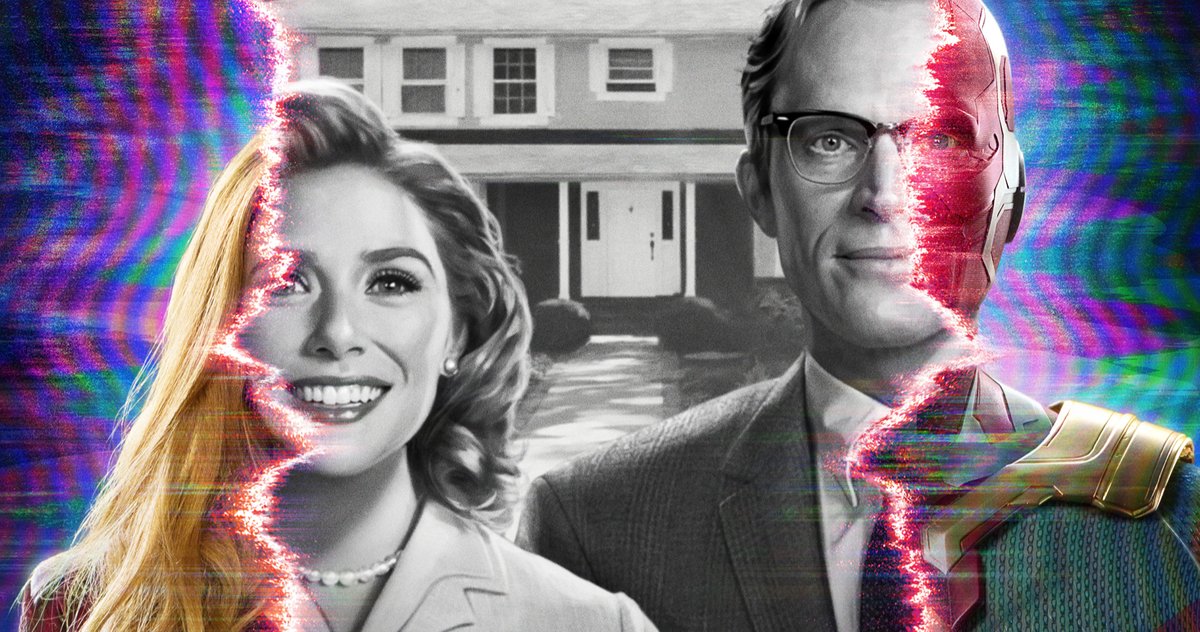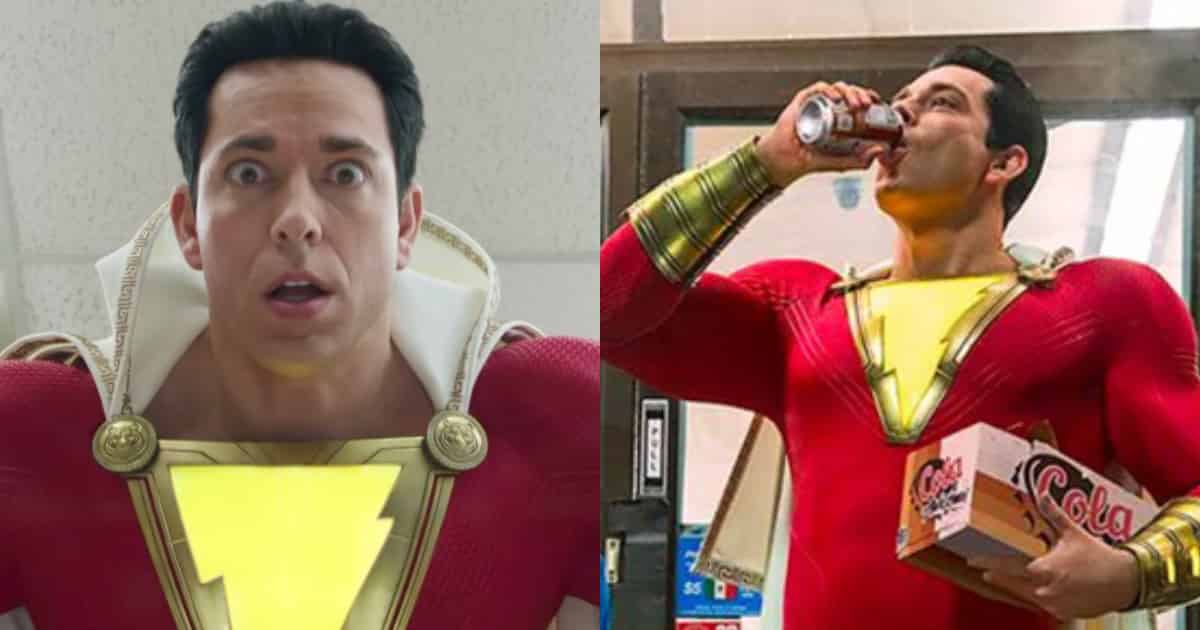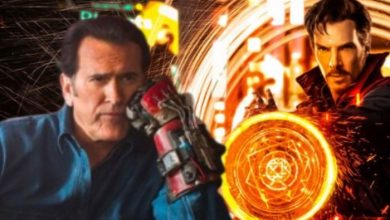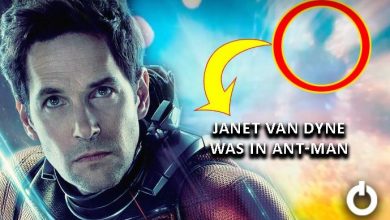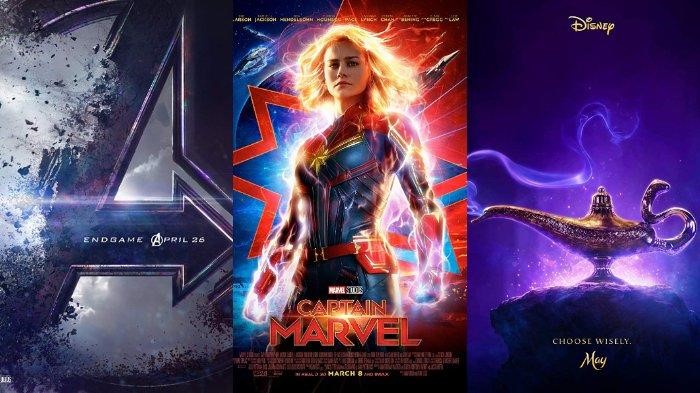WandaVision: Vision’s Updated Look Was In Works Since Age of Ultron
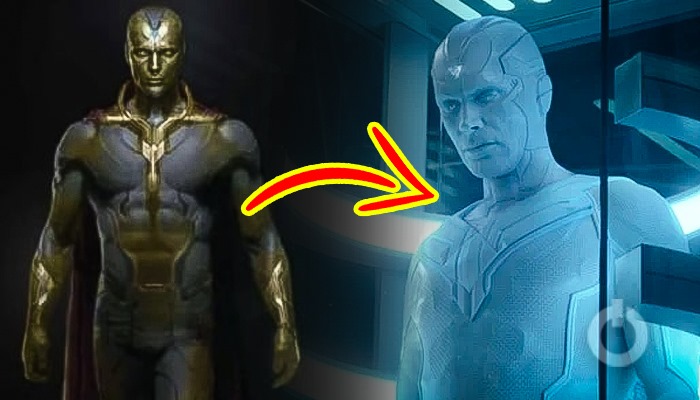
Vision’s Updated Look:
WandaVision’s episode 8 revealed SWORD’s long plan of reviving Vision. Episode 8 introduced S.W.O.R.D.’s true sentient weapon, the White Vision who is clearly set up for an intriguing, no doubt devastating showdown with the “real” Vision (Wanda’s version) and Scarlet Witch in the finale. The character’s shocking introduction was the clever pay-off to Acting Director Hayward’s almost buried tease in episode 7 of Project Cataract being ready as Monica Rambeau prepared her own attempt to infiltrate Wanda’s Hex. Episode 8 also gave us the origins of Wanda’s name, Scarlet Witch, as Agatha Harkness tells us that she’s the myth with the power to create anything she wants.
The mid-credits scene of the series’ latest episode opts for the latter as it’s revealed that Vision is restored to life with his body rendered an eerie white. People that are through with the comics know that Vision acquires the same look in the source material. But the most interesting detail here is that the Marvel Cinematic Universe has been preparing similar designs as early as 2015’s Age of Ultron. The white Vision is the latest in a long line of superheroes being forced to fight versions of themselves: even beyond the limits of the MCU, Wolverine, Superman and The Arrowverse’s Flash have all battled dark inversions of themselves.
SWORD calling their secret project Cataract should have been a big giveaway: the word not only implies “imperfect vision” but also suggests the removal of a white gloss to eyes. That eerie effect was exactly what came over the synthezoid when Thanos killed him and undoing it is what revives him, in a parallel to a real cataract operation. Hayward is a clever, devious man. That much is clear from the fact that he falsely implicated Wanda in Vision’s theft (a ruse so clever he included a tracker on Vision that is not only illogically but possibly also impossible) in order to vilify her Wanda and justify his own project. Because, fundamentally, Cataract needs a reason to exist and perversely, Hayward has weaponized Wanda’s grief which his reveal of Vision’s corpse pushed over the edge.
Vision’s designers ultimately shelved the idea of Vision’s pale look during work on Age of Ultron. Thankfully, saving it for proves to be not only more appropriate for the character but more comic-accurate as well, harkening back to Vision’s pale form taken in West Coast Avengers after a similar resurrection. The circumstances of that appearance were quite similar to WandaVision as well, with many of the Avengers grieving the loss of their friend. The same could be likely to happen as Vision confronts Wanda in the season finale, now acting as the cold and logical weapon Hayward treated him as from the very beginning. To that end, the chalk-white design mirrors this emotionality perfectly and shows not only the MCU’s commendable restraint for using the design when the hero originally appeared but also their resourcefulness in tapping back into it even six years after all these years.
Vision’s fight with himself will not be the first time an MCU hero has faced off against an alternate version of themself: Hulk and Iron Man fought Mr. Hyde-like inversions of themselves in Tim Roth’s The Abomination and Iron Monger but even more pointedly Captain America fought himself in Endgame and so too did Nebula. The MCU has a long fascination with the idea of facing heroes off against dark mirror versions of themself. Vision’s is slightly more poignant however because of the synthezoid’s quest to be more human.
The eerie design is too effective to let collect dust in a drawer somewhere, and it’s a joy that the Marvel Cinematic Universe found the perfect opportunity to employ it. There are still speculations regarding the continuance of Vision’s new version created by SWORD, but it provides a strong base that no art goes to art and can always fit in the franchise.
In both the comics and WandaVision, the white version of the android lacks everything that made Vision more than the sum of his technological parts, and ultimately, the impostor stands as a monument to why Vision was right to fear the misuse of his corpse. Vision’s white appearance almost played heavily into his MCU appearance as Marvel Studios Head of Visual Development Ryan Meinerding revealed unused concept art for him that used a combined white and gold aesthetic, but that look was also inspired by the comics.
Written by Jac Schaeffer and directed by Matt Shakman, WandaVision stars Elizabeth Olsen as Wanda Maximoff/Scarlet Witch, Paul Bettany as Vision, Randall Park as Agent Jimmy Woo, Kat Dennings as Darcy Lewis, Teyonah Parris as Monica Rambeau, and Kathryn Hahn as Agnes. New episodes air Fridays on Disney+.
